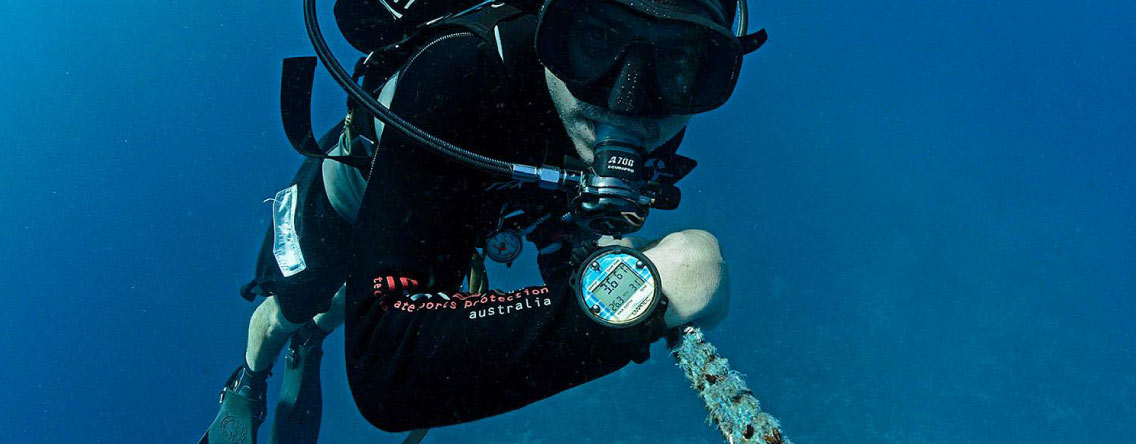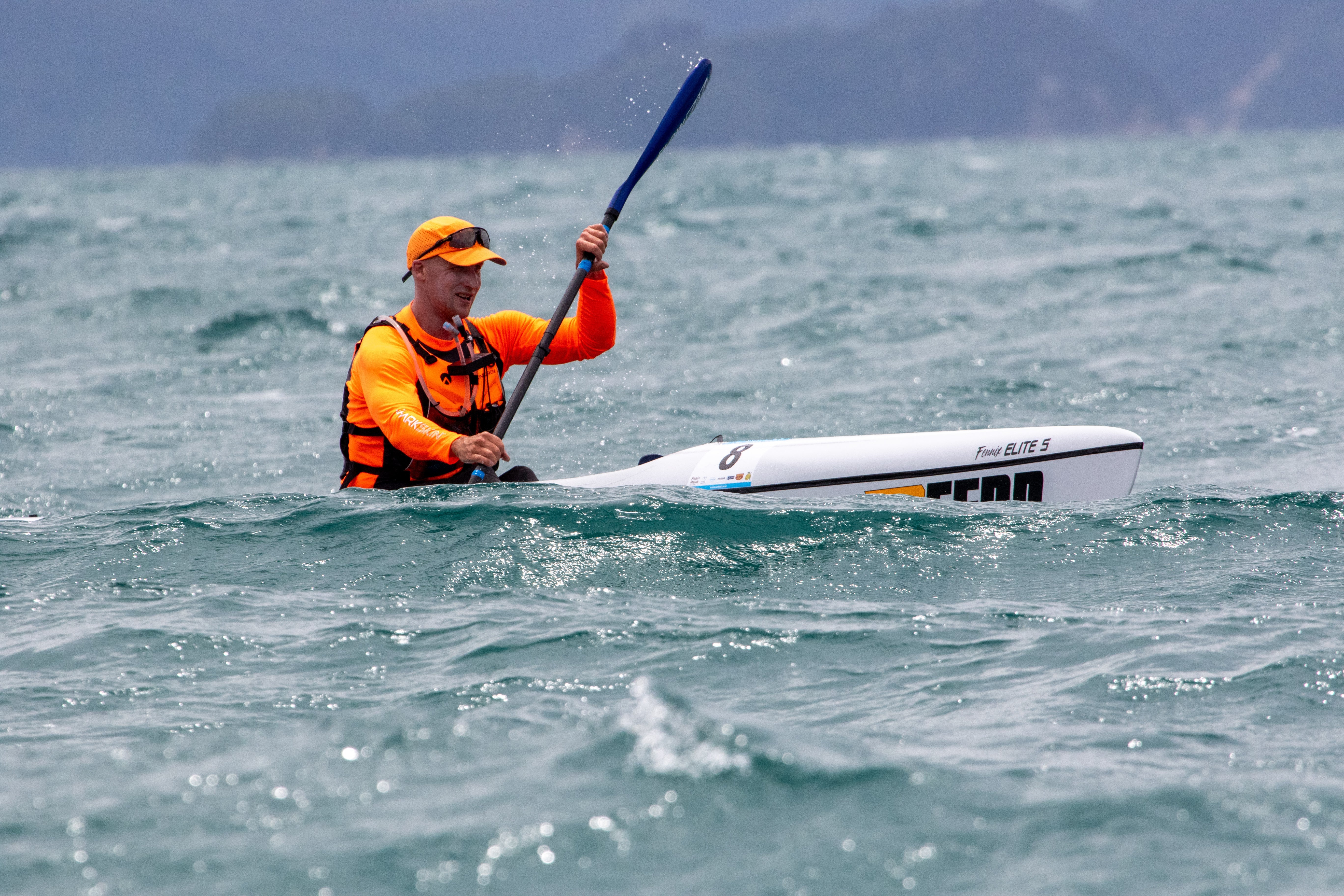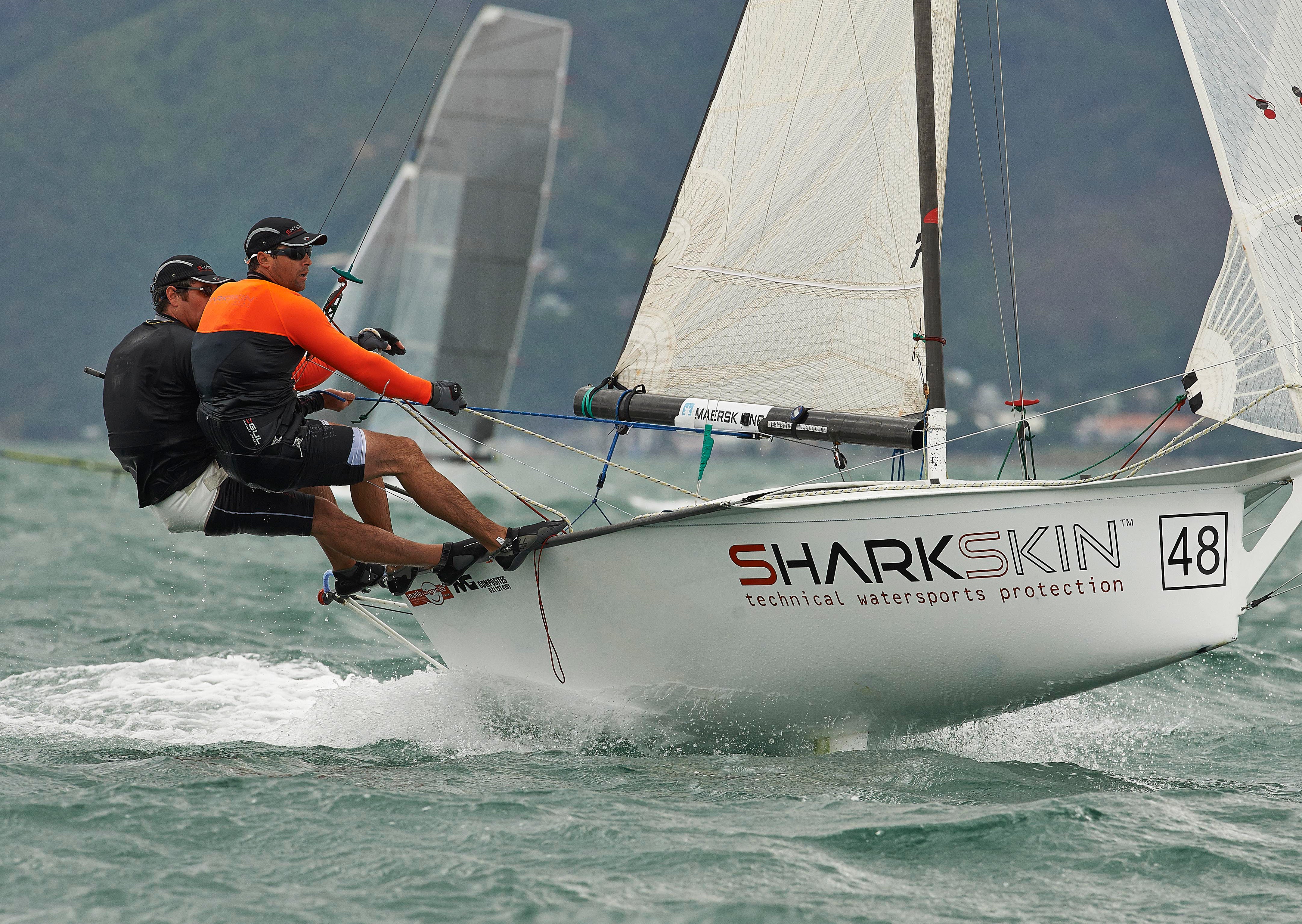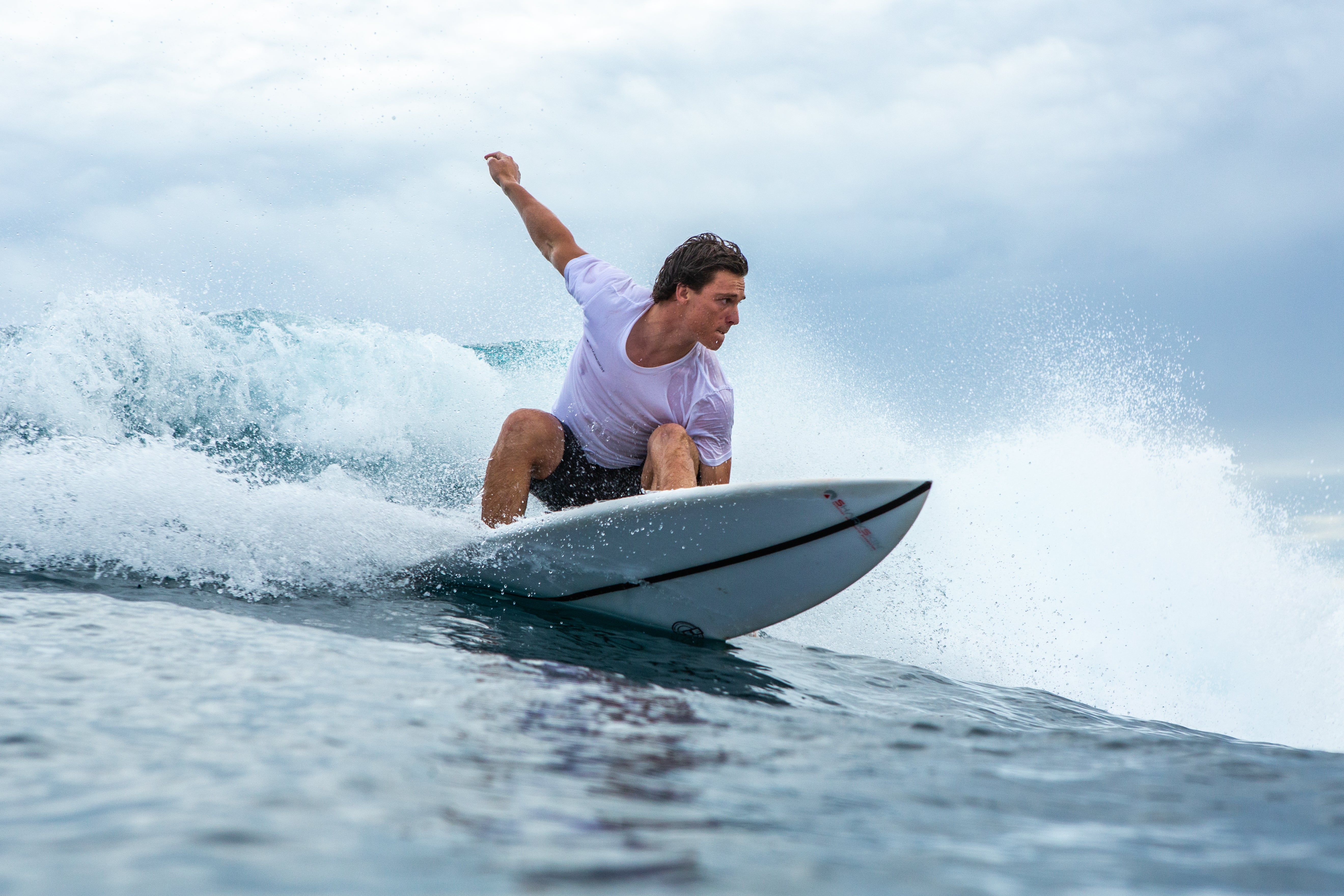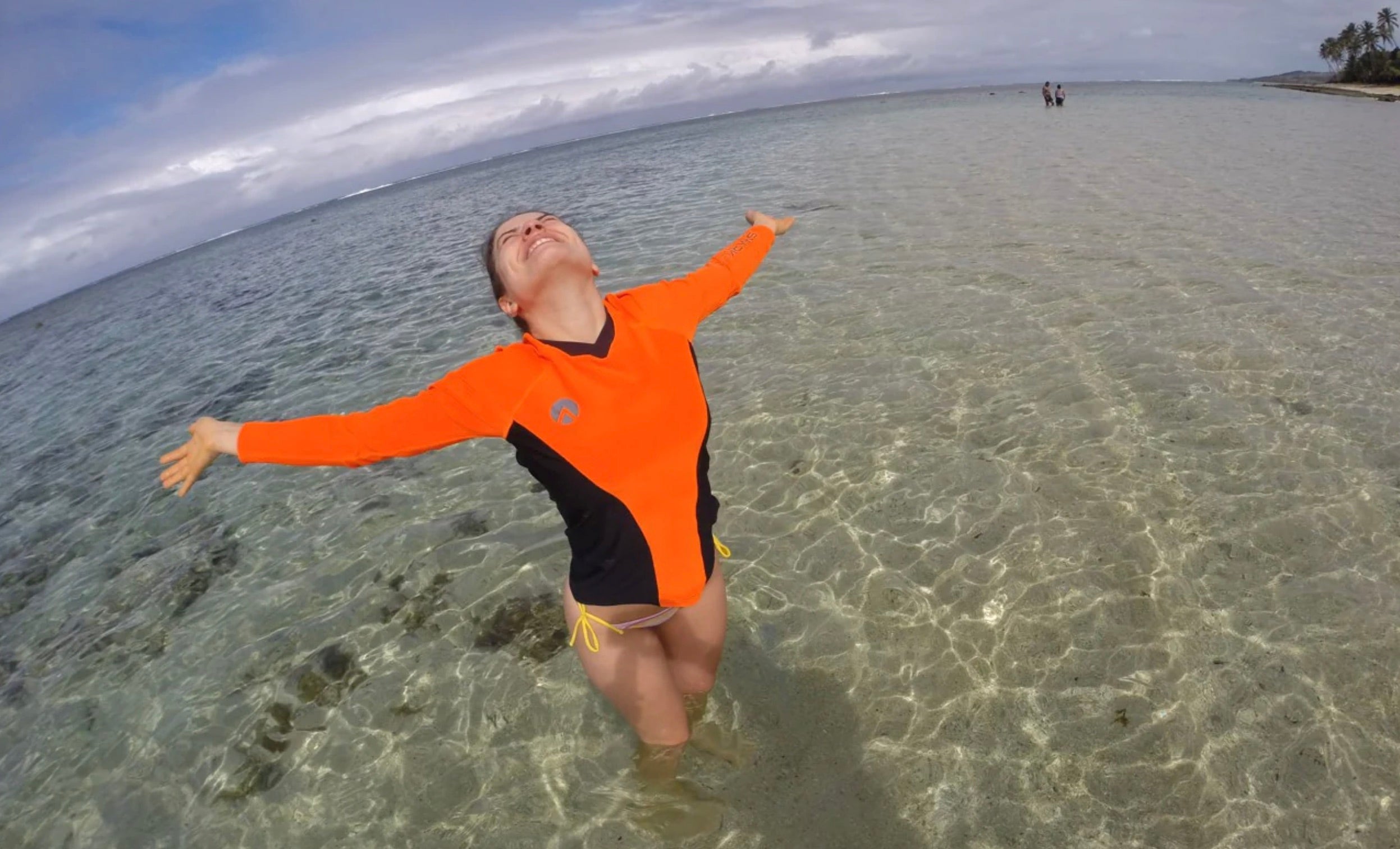Understanding Ocean Currents and Tides: Safety Tips for Water Sports
When spending time in the sea, it is important to know how the water moves. Ocean currents and tides shape the conditions we face, affecting our safety and overall experience. By understanding tides, currents, and related factors such as gravitational pull, weather conditions, high tides, and water temperature, we can make better decisions about when it is safe to swim or take part in water sports. Whether you are new to surfing, interested in kayaking, or simply paddling at the beach, learning about these elements can help keep you and others safe.

The Basics of Ocean Currents and Tides
Ocean currents are large masses of water moving from one place to another. They are guided by winds, Earth’s rotation, and differences in water temperature and salt content. Tides, on the other hand, are the rising and falling of sea levels caused by the gravitational pull of the Moon and the Sun. The difference between high tides, when the water is at its highest, and low tides, when it is at its lowest, can be dramatic. This movement can create strong flows of water, known as tidal currents, especially in shallow waters.
There are also spring tides, which occur when the Sun, Moon, and Earth line up, causing a larger range between high and low tides. Understanding these changes is key to staying safe in the sea. Conditions can vary with weather, the time of day, and even the season. Keep an eye on local tide charts, weather forecasts, and safety notices before heading out.
If you are new to water sports, you might find our article on 5 Tips for Beginner Surfers helpful. It covers simple guidance that can apply to a variety of conditions, including changing tides and currents. For additional tips on preventing mishaps, we recommend reading Beach Incidents in 2023.
Why Understanding Tides and Currents Matters for Water Safety
Knowing how to read the signs of changing tides can help you judge the safest times to enter and leave the water. Strong tidal currents can carry swimmers far from shore, while sudden drops in water temperature may cause discomfort or distress. Also, certain water activities like surfing or paddle-boarding feel quite different during high or low tides. For instance, ocean currents can affect the quality of waves for surfers, and swimming at high tide might put you in deeper water than expected. Recognising these factors before entering the water is a life saving measure that can help prevent accidents.
To improve your overall readiness, have a look at our Water Safety 101. It provides helpful suggestions on proper equipment, which can be even more important when dealing with shifting tides and varying conditions.
Water Safety Tips to Remember
- Check conditions before heading out: Look up local tide times, water temperature, and weather conditions.
- Start in safer areas: Stick to shallow waters if you are unsure about conditions, and only move deeper if you feel confident.
- Use proper equipment: Consider wetsuits or specialised gear that can keep you warm and protected.
- Never swim alone: Always have a partner, let someone know where you are, and do not rely solely on lifeguards.
- Remain alert: Watch the tide as it changes. If the water starts rising or moving faster, head back to shore.
- Know your limits: If conditions seem too rough, it may not be safe to swim. It is always better to wait for calmer tides.
FAQ
How do you understand tides and currents?
Tides and currents are linked to the gravitational pull of the Moon and Sun. Tides are the rising and falling levels of the sea, while currents refer to the water moving in certain directions due to wind, weather, and differences in temperature and salt content. Tide charts, local weather reports, and talking with local experts can help you understand these patterns.
How can we avoid the dangers of tides?
Plan ahead by checking tide times, only entering the water during safer periods, and watching for changes in water height and strength. Staying aware, swimming with a friend, and choosing beaches with lifeguards can help prevent accidents.
How do ocean currents affect surfing?
Ocean currents can change the way waves form and break. They can carry surfers out of position or make it harder to paddle into the right spot. Understanding local currents can help surfers find better waves and stay closer to where they feel more comfortable.
How do tides affect swimming?
The tide level changes the depth of the water and can create stronger currents. At high tide, deeper water may make it harder to touch the seabed, while at low tide, swimmers may find themselves much farther from shore when the water pulls back. By knowing the tide schedule, swimmers can pick the best times to go in and stay safe.
To sum up, understanding how ocean currents and tides work is not just for sailors or surfers—it is key for anyone who wants to enjoy the sea safely. When we respect nature’s patterns, we can have a fun and worry-free experience.
For added confidence and comfort while enjoying your next water-based activity, consider wearing the right gear. At Sharkskin, you can find our rapid dry products designed to keep you warm and comfortable, even as tides and water temperature change. Our range also includes men’s fullsuit and women’s fullsuit options tailored to your needs. With the right equipment, you can improve your time in the water and stay prepared for whatever the sea brings.




